The word cryptogams is a synthesis of two Greek terms kruptos meaning ‘hidden’ and gamos meaning ‘wedded’. This single term encompasses all plants that reproduce by means of spores and, do not produce seeds. The algae, fungi, bryophytes and pteridophytes are all cryptogams. The pteridophyta are treated as vascular cryptogams as they have a well developed conducting system. The lower cryptogams (algae, fungi and bryophyta) have no conducting system.
The term Pteridophyta also has a Greek origin. Preron means a “feather” and the name was originally given to this group because of their pinnate or feather like fronds. Vascular cryptogams are, therefore, an assemblage of seedless vascular plants that have successfully invaded the land and reproduce by means of spores.
(Definition by Parihar, MB Walker and Masahiro Kito)
Occurrence
The Pteridophytes formed a dominant part of earth’s vegetation in the historic past (Two hundred eighty to two hundred thirty million years ago). In the present day flora, excluding the non-vascular plants, they rank only next to the spermatophytes. Although they have been largely replaced by the spermatophytes in the modern day flora, yet they occupy an important and a crucial central position in the evolutionary history of the plant kingdom. No doubt lesser in number, the pteridophytes lend a distinct charm and physiognomy to the landscape.
Pteridophytes grow in a variety of habitat which is mostly terrestrial. They grow well in abundant moisture conditions and shade while some flourish well in xeric conditions. Example: Selaginella lepidophylla, Gleichenia.
A few are aquatic. Examples include Marsilea, Salvinia, Azolla etc.
Some are epiphytes such as Selaginella oregana, Lycopodium phlegmaria.
Best safe and secure cloud storage with password protection
Get Envato Elements, Prime Video, Hotstar and Netflix For Free
Best Money Earning Website 100$ Day
#1 Top ranking article submission website
Habit
Most of the forms except tree ferns are herbaceous. Pteridophytes are represented by most primitive vascular plant i.e. Equisetum and many fossil vascular plants like Rhynia, Hornea, Zosterophyllum, Asteroxylon etc.
Characteristics of Pteridophytes
1. Sporophyte characteristics
Pteridophytes are the first true land plants.
It is speculated that life began in the oceans, and through millions of years of evolution, life slowly adapted on to dry land. And among the first of the plants to truly live on land were the Pteridophytes.
- They are seedless, vascular cryptogams.
- Pteridophytes are seedless and they procreate through spores. They don’t have conducting tissues for transportation of water and minerals. Instead, the water and minerals flow from the surface of the plant- cell to cell in the plant’s body. This is also one of the reasons why these plants need a constantly moist environment to survive.
- Sporophyte has true roots, stem and leaves.
- Stem is usually branched. Branching is monopodial or dichotomous. Branches do not arise in the axil of the leaves. In many Pteridophytes stem is represented by rhizome.
- Roots are adventitious in nature with monopodial or dichotomous branching. Internally usually they are diarch.
- Leaves may be small, thin, scaly (microphyllous e.g., Equisetum), simple and sessile (e.g., Selaginella) or large and pinnately compound (megaphyllous e.g., Dryopteris, Adiantum).
- Young leaves of sporophyte show circinate vernation.
- The tip of the leaves tends to curl inwards to protect the vulnerable growing parts.
- Leaves that bear the sporangia are termed as sporophylls.
- Cambium is absent; hence, they do not show secondary growth.
- Spores developed in sporangia are homosporous or heterosporous.
- The sporangium is the structures in which spores are formed. They are usually homosporous (meaning: one type of spore is produced) and are also heterosporous, (meaning: two kinds of spores are produced.)
- Sporangia are produced in groups on sporophylls.
- Sporangia may be borne either on stem or leaves. On the stem they may be terminal (e.g., Rhynia) or lateral (e.g., Lycopodium). On the leaves (sporophylls) they may be ventral, marginal (Pteris, Adiantum) or dorsal (e.g., Polypodiaceae). In Equisetum, the sporangia are borne on special structures called sporangiophores which constitute a cone. In Marsilea, Azolla, Salvinia sporangia are produced in sporocarps.
- Spores on germination give rise to multicellular gametophytic bodies called prothalli (sing. prothallus).
- In homosporous Pteridophytes prothalli are monoecious (antheridia and archegonia develop on the same prothallus). In heterosporous species, prothalli are always dioecious. Microspores on germination give rise to male prothalli and megaspores to the female prothalli.
2. Gametophyte characteristics
- Antheridia and archegonia are developed on prothalli.
- Antheridium is surrounded by a single-layered sterile jacket.
- Fertilization results in the formation of zygote or oospore, which ultimately develops into well-developed sporophyte.
- Plants show heteromorphic alternation of generation. The main plant body is sporophytic and forms a dominant phase in the life cycle.
3. They show true alternation of generations.
The sporophyte generation and the gametophyte generation are observed in Pteridophytes.
4. Sex organs multicellular and jacketed.
The male sex organs are called antheridia while the female sex organs are called archegonia.
Revised by
- Md. Siddiq Hasan on 11 September 202o
 Plantlet The Blogging Platform of Department of Botany, University of Dhaka
Plantlet The Blogging Platform of Department of Botany, University of Dhaka
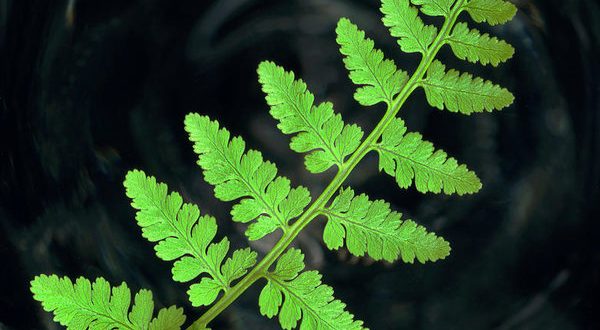

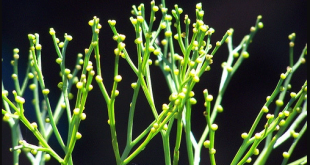
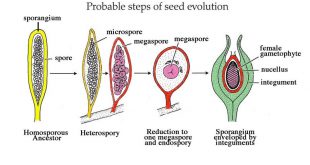
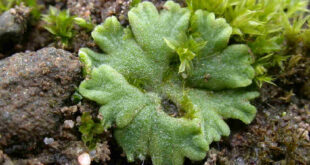
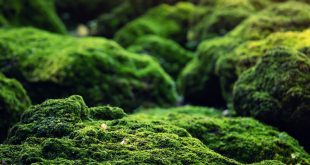
VERY NICE NOTES AND DIAGRAMS AND PHOTOS VERY USEFUL FOR ACADEMICS PURPOSE.
Thanks Ashish.
Feel free to drop your own written article, if possible, in our website’s mail at plantletorg@gmail.com